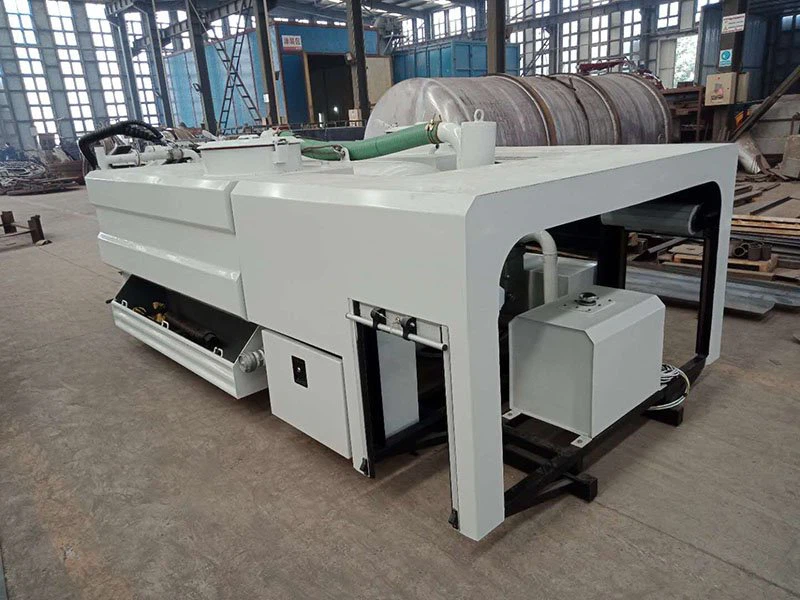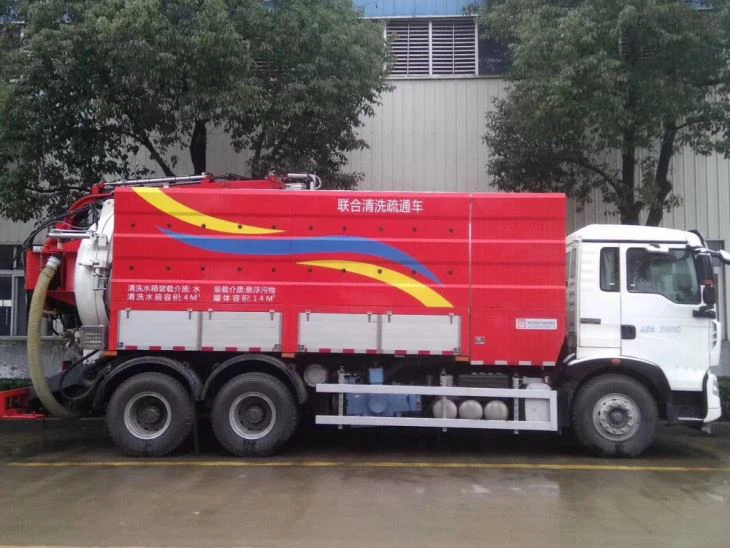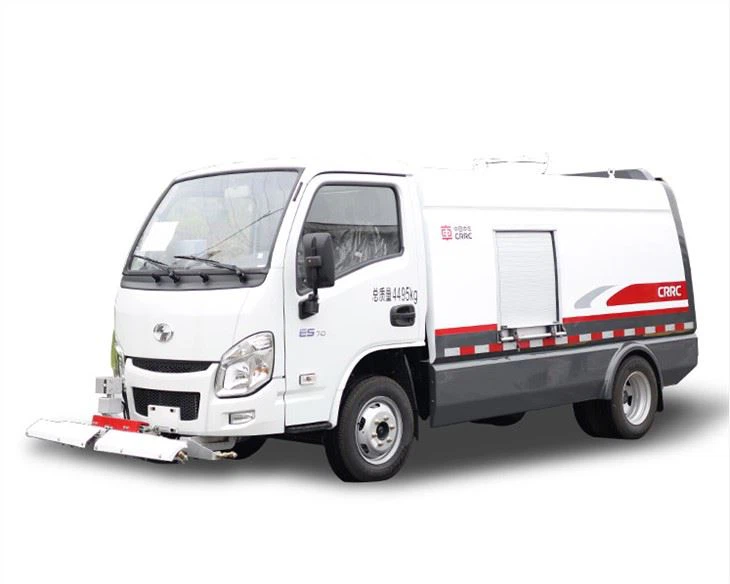Chinese Fire Trucks: A Comprehensive Guide

Introduction
When it comes to ensuring safety and managing emergencies, fire trucks play a pivotal role in fire service operations worldwide. Chinese fire trucks have become increasingly popular due to their reliability, innovation, and affordability. This article dives deep into the world of Chinese fire trucks, exploring various aspects such as the history, types, technological advancements, manufacturing processes, and even the future of fire trucks in China.
The History of Fire Trucks in China
Early Development
The development of fire trucks in China can be traced back to the early 20th century when manual firefighting methods were still prevalent. The introduction of motorized vehicles marked a significant turning point in the firefighting industry.
Modernization in the 21st Century
In the last two decades, advancements in technology have led to the modernization of fire trucks in China. This includes the use of advanced materials, improved water sources, and integrated communication systems that enhance operational efficiency.
Types of Chinese Fire Trucks
Water Tanker Fire Trucks
Water tanker fire trucks are designed to carry large quantities of water to fire scenes. These trucks usually come equipped with powerful pumps for efficient water discharge. They are ideal for rural areas where hydrants may not be available.
Aerial Fire Trucks
Aerial fire trucks are equipped with ladders or platforms to reach high places. They are essential for fighting fires in multi-story buildings or structures. The integration of hydraulic systems allows for significant height and reach.
Specialized Fire Trucks
These trucks are designed to address specific challenges such as hazardous material spills, forest fires, and industrial accidents. Special equipment and adaptations are implemented to meet the unique demands of each scenario.
Technological Innovations in Chinese Fire Trucks
Advanced Pumping Systems
Modern fire trucks from China incorporate advanced pumping mechanisms that provide higher water pressure and efficiency.
Features of Advanced Pumping Systems
- High-capacity pumps for quick water discharge
- Variable pressure control for different fire scenarios
- Remote operation capabilities
Enhanced Communication Systems
Newer Chinese fire trucks are equipped with state-of-the-art communication tools, making it easier for teams to coordinate efforts during emergencies.
Communication System Features
- Integrated radios for real-time updates
- GPS tracking for efficient route planning
- Data-sharing platforms for strategic decision-making
Manufacturing of Fire Trucks in China
Leading Manufacturers
China is home to several reputable manufacturers of fire trucks, offering a range of models suited for various needs.
| Manufacturer | Main Products | Location |
|---|---|---|
| YZJ Group | Water Tanker, Aerial Fire Trucks | Jiangsu Province |
| World of Fire | Forestry Fire Trucks, Hazardous Material Trucks | Shandong Province |
| XCMG | Aerial Ladder Trucks | Xuzhou |
Quality Standards and Regulations
Chinese fire truck manufacturers follow strict quality standards to align with international regulations. These standards ensure safety and performance in various conditions.
Challenges Facing Chinese Fire Truck Industry
High Competition
The increased demand for fire trucks has attracted numerous competitors, both local and international. Manufacturers are constantly innovating to distinguish themselves in the market.
Technological Barriers
Despite advancements, some manufacturers face challenges in the R&D sector, impacting their ability to implement the latest technologies fully.
The Future of Chinese Fire Trucks
Sustainability Initiatives
The push for eco-friendly solutions is gaining momentum. Manufacturers are exploring the use of electric and hybrid fire trucks to reduce carbon footprints.
Integration of AI and Robotics
Artificial Intelligence and robotics hold potential for future fire trucks, enhancing operational efficiency and safety during firefighting missions.

Practical Tips for Fire Departments
Choosing the Right Fire Truck
When selecting a fire truck, fire departments should consider the following:
- Community size and geographic layout
- Type of emergencies typically faced
- Budget constraints
- Future maintenance and support options
Training for Firefighters
Investing in training is essential. Firefighters should be well-versed in the operation and capabilities of the fire trucks they work with to maximize safety and efficiency.
FAQs

What are the most common types of fire trucks used in China?
The most common fire trucks in China include water tanker trucks, aerial ladder trucks, and specialized units for hazardous materials.
How do Chinese fire trucks compare to those from other countries?
Chinese fire trucks often provide excellent value for money, with a focus on reliability and affordability, although specifications can vary widely.
Are Chinese fire trucks equipped with modern technology?
Yes, many Chinese fire trucks feature modern pumping systems, communication tools, and other advanced technologies that enhance firefighting capabilities.

What are the major fire truck manufacturers in China?
Major manufacturers include YZJ Group, World of Fire, and XCMG, each offering various models tailored to different firefighting needs.
How can I ensure my fire department selects the right fire truck?
Consider the specific needs of your department, including geographical challenges, types of emergencies, and budget limitations when selecting a fire truck.
What trends are shaping the future of fire trucks in China?
Trends include a focus on sustainability, the incorporation of AI and robotics, and enhancements in communication and operational technologies.
